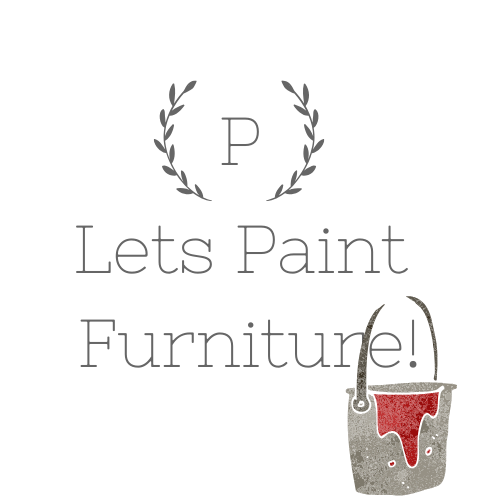Stenciling on wood is a wonderful way to enhance the natural beauty of a piece of furniture, picture frame, cutting board, wood boxes…crates…really the possibilities are endless with this! Anything wooden and old that you find in a flea market is fair game! Ha.
My favorite color to stencil on old wood is white! White looks absolutely beautiful. I love really really used wood, with all the stains. LEAVE the stains. It looks amazing stenciled on top of the stains! Below I’m sharing a few things I have stenciled on wood. Notice the stains on the $2 cutting board! Put a little Paris stencil on top and it was one of my most liked posts on IG.
When you are stenciling on wood you just want to make sure that the surface if dust free and dry. As long as you have those two things you are good to start stenciling.
Affiliate disclosure: “This post contains affiliate links, which means I receive a small commission, at no extra cost to you, if you make a purchase using this link.”
Steps to Stenciling on Wood
What you will need:
- A Stencil – Pick a favorite stencil! I have used so many different brands of stencils over the years. Truly if you stencil properly they will all last you a long time. Even if the stencil is made from cardboard!
- Stencil brush ( This is important. Stencil brushes are round and make it easier to stencil and will allow you to have crisp lines.)
- Chalk based on mineral based paints – ( I recommend this because these paints are thicker and less likely to bleed thru or have paint go underneath your stencil)
- Paper towels- (you will need paper towels to off load your paint brush of paint. Too much paint will mean that paint will go underneath your stencil and you will not have perfect lines.)
To begin stenciling on wood I always like to have a stencil plan in my head. I try to get it mapped out before I begin. Position your stencil on the piece you are working on and get a roadmap of how you want it to look when it’s finished before you begin. 🙂
Once you have your stencil roadmap you are ready to stencil! Place you stencil down and apply minimal paint to your stencil brush. I’m talking hardly any paint on your brush. And when you have hardly any paint on your brush off load your paint in a paper towel before you apply it to the stencil.
When you have minimal paint on your brush dab dab dab into the stencil. DO NOT use brush stokes. I know that is hard. But, that truly is the proper way to stencil and avoid leak thru of paint. It guarantees you perfect lines every time. That is the trick to perfect stenciled lines. Off loading your paint and making dabbing motions while you are stenciling instead of brush strokes.
Examples of Stencils on Wood



Have you stenciled on wood before? If so, did you love your finished piece?! I would love to hear in the comments below!
















How do I keep my paint from coming off when I remove my stencil?
Hi Fonda! What kind of paint are you using to stencil? Sometimes the latex/acrylic paints tend to be more runny. Using a thicker paint can prevent the stencil from removing paint from your project. Also using very very little paint really helps as well! You can do one coat. Let dry then repeat if you want to make the design more rich with color! Hope that helps!